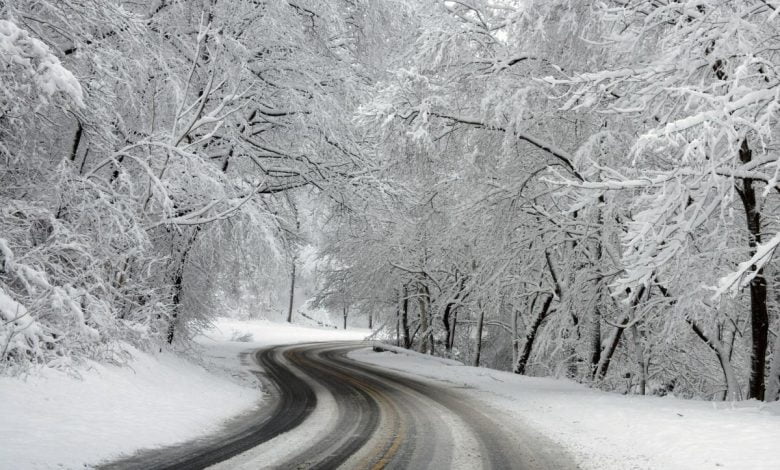Exceptionally cold winters

Exceptionally cold winters
River Thames frost fair, 1683
1683–1684, “The Great Frost”, when the Thames, hosting the River Thames frost fairs, was frozen all the way up to the London Bridge and remained frozen for about two months. Ice was about 27 cm (11 in) thick in London and about 120 cm (47 in) thick in Some
rset. The sea froze up to 2 miles (3.2 km) out around the coast of the southern North Sea, causing severe problems for shipping and preventing use of many harbours.
1739–1740, one of the most severe winters in the UK on record. The Thames remained frozen over for about 8 weeks. The Irish famine of 1740–1741 claimed the lives of at least 300,000 people.[27]
1816 was the Year Without
a Summer in the Northern Hemisphere. The unusual coolness of the winter of 1815–1816 and of the following summer was primarily due to the eruption of Mount Tambora in Indonesia, in April 1815. There were secondary effects from an unknown eruption or eruptions around 1810, and several smaller eruptions around the world between 1812 and 1814. The cumulative effects were worldwide but were especially strong in the Eastern United States, Atlantic Canada, and Northern Europe. Frost form
ed in May in New England, killing many newly planted crops, and the summer never recovered. Snow fell in New York and Maine in June, and ice formed in lakes and rivers in July and August. In the UK, snow drifts remained on hills until late July, and the Thames froze in September. Agricultural crops failed and livestock died in much of the Northern Hemisphere, resulting in food shortages and the worst famine of the 19th century.
